Material handling refers to the movement, control, storage, and protection of materials throughout manufacturing, warehousing, and construction processes. Among the different types of equipment used in material handling, motorized devices play a vital role in enhancing efficiency, reducing manual labor, and improving workplace safety.
If you’re wondering, “Which of the following is a motorized material handling device?”, the answer includes equipment such as electric forklifts, motorized pallet jacks, powered hoists and cranes, automated guided vehicles (AGVs), and more. These devices are designed to move or lift heavy loads with minimal manual effort, often using electric or battery-powered systems.
Start with the basics:
👉 What Is Material Handling?
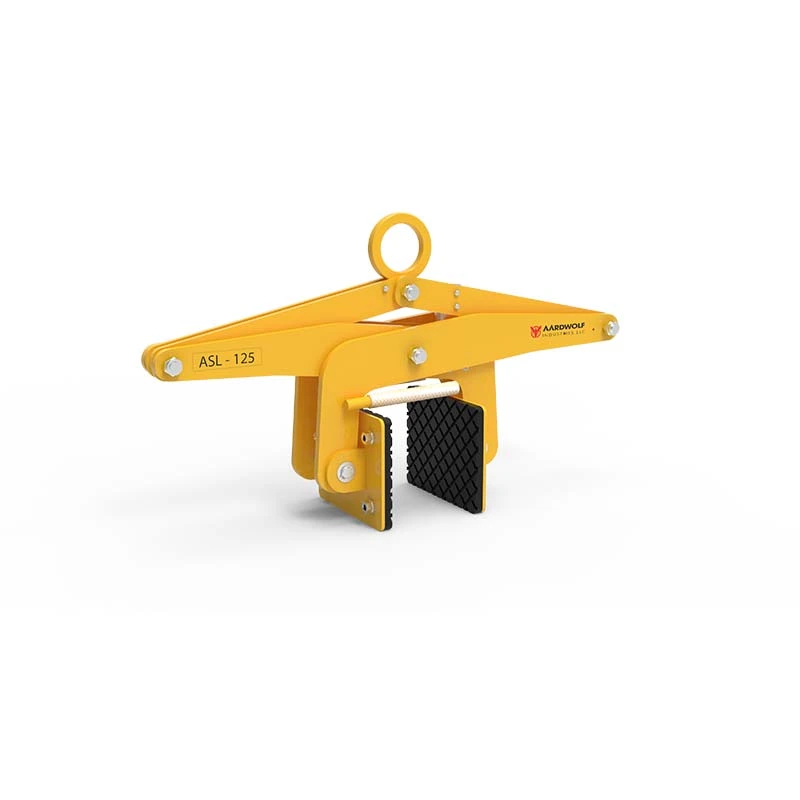
Table of Contents
ToggleUnderstanding Motorized Material Handling Devices
Motorized material handling equipment is powered by electricity, batteries, or combustion engines. These tools are ideal for large-scale operations where equipment for moving heavy loads is essential to productivity.
Motorized devices differ from manual options by:
- Providing greater lifting capacity
- Reducing the need for manual exertion
- Offering increased operational speed
- Supporting automation and remote control
Motorized equipment is crucial for compliance with OSHA material handling equipment types, which aim to reduce workplace injuries through mechanization.
Examples of Motorized Material Handling Equipment
Let’s explore some of the most common motorized lifting and moving devices found in industrial settings.
1. Powered Industrial Trucks
These include electric forklifts, motorized pallet jacks, and ride-on material transporters used in warehouses and factories.
- Electric Forklifts are used to lift and transport pallets across facilities.
- Motorized Pallet Jacks provide enhanced control and require less manual effort.
- Ride-on Material Transporters allow operators to move loads while seated or standing on the vehicle, improving efficiency over long distances.
2. Automated Guided Vehicles (AGVs)
AGVs are autonomous machines that navigate using sensors and markers. They are ideal for repetitive tasks in large warehouses or manufacturing plants.
3. Motorized Conveyor Systems
These systems continuously transport materials along a fixed path. Motorized conveyors are essential for production lines and packaging facilities.
4. Powered Hoists and Cranes
Electric hoists and cranes are designed for vertical lifting of heavy materials:
- Overhead cranes
- Wall-mounted cranes like Jib Cranes
- Chain hoists and electric winches
They are commonly used in construction, shipyards, and heavy manufacturing.
5. Electric Stackers
These compact machines are used to lift and stack pallets in racking systems. Ideal for narrow warehouse aisles.
6. Battery-Operated Lifting Equipment
These include vacuum-based devices and slab lifters powered by rechargeable batteries. Great for handling large, flat materials like stone and glass.
👉 Aardwolf Slab Lifters
👉 Vacuum Lifters
Benefits of Motorized Material Handling Equipment
Using powered material transport equipment brings a range of benefits:
✔ Improve Efficiency in Material Movement
Motorized systems reduce loading and unloading times, optimize workflows, and increase the rate of material transfer.
✔ Reduce Labor with Handling Equipment
Fewer workers are needed to perform the same tasks. This leads to cost savings and a reduced risk of overexertion injuries.
✔ Increase Safety with Proper Lifting Tools
Manual lifting is a leading cause of musculoskeletal injuries. Devices like electric forklifts and powered hoists eliminate the need for heavy lifting by hand.
✔ Versatility and Precision
Motorized devices offer precise control and can handle a wider range of material types, sizes, and weights.
Choosing the Right Motorized Material Handling Device
When selecting a powered device, consider:
- Material weight and dimensions
- Frequency of movement
- Space constraints (aisle width, ceiling height)
- Power source availability (battery vs. electric)
- Budget and maintenance capabilities
For more guidance, explore:
👉 Material handling Equipment
👉 Material-handling Equipment
OSHA and Material Handling Safety Training
To comply with workplace safety standards, employers must provide material handling safety training for operators. Training should cover:
- Equipment operation and controls
- Load limits and balance
- Maintenance procedures
- Emergency protocols
Following OSHA guidelines helps reduce accidents and promotes a safer working environment.
Application Scenarios for Motorized Handling Devices
🏗 Construction Sites
- Use battery-operated lifting equipment like slab lifters and jib cranes for heavy materials.
- Ideal for remote or off-grid projects where portable power tools are essential.
🏢 Warehouses
- Employ motorized pallet jacks, conveyors, and AGVs to streamline storage and shipping operations.
🛠 Manufacturing Plants
- Integrate electric forklifts and powered hoists into production lines for high-volume material flow.
🚧 Small Construction Sites
- Choose cost-effective motorized equipment such as electric stackers and mobile lifters.
- Compact and maneuverable solutions improve handling without overwhelming limited space.
Explore practical tools like:
👉 What Is Material Handling Equipment?
Maintenance Tips for Motorized Handling Equipment
To ensure longevity and safety, follow these practices:
- Conduct daily pre-use inspections
- Charge batteries fully and correctly
- Schedule routine professional servicing
- Replace worn parts as needed
- Maintain operator logs and checklists
Future Trends in Electric Material Handling Solutions
The industry is shifting toward smarter, greener technologies:
- Lithium-ion battery systems for longer runtime and faster charging
- IoT-enabled diagnostics for predictive maintenance
- AI-guided navigation systems in AGVs
- Remote operation and telematics for crane and forklift fleets
These innovations enhance control, reduce emissions, and optimize large-scale logistics.
Conclusion
When answering “Which of the following is a motorized material handling device?”, you’re identifying an essential tool in modern logistics and construction. From powered industrial trucks to battery-operated slab lifters, motorized devices make it easier, safer, and more efficient to move materials.
Key examples include:
✅ Aardwolf Slab Lifters
✅ Vacuum Lifters
✅ Jib Cranes
Investing in the right material handling tools not only enhances productivity but also ensures compliance, worker safety, and cost efficiency for long-term success.

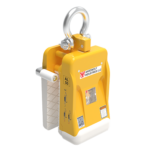
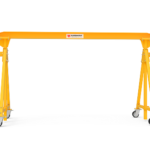
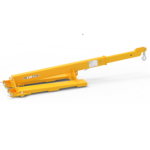
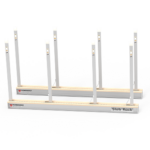
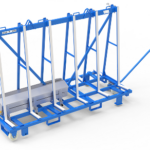
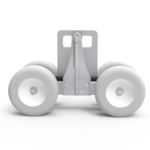
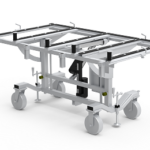
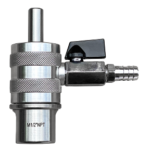
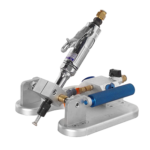
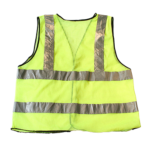
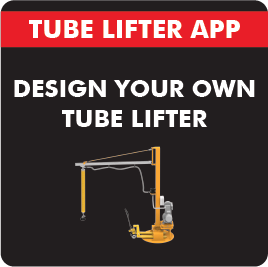
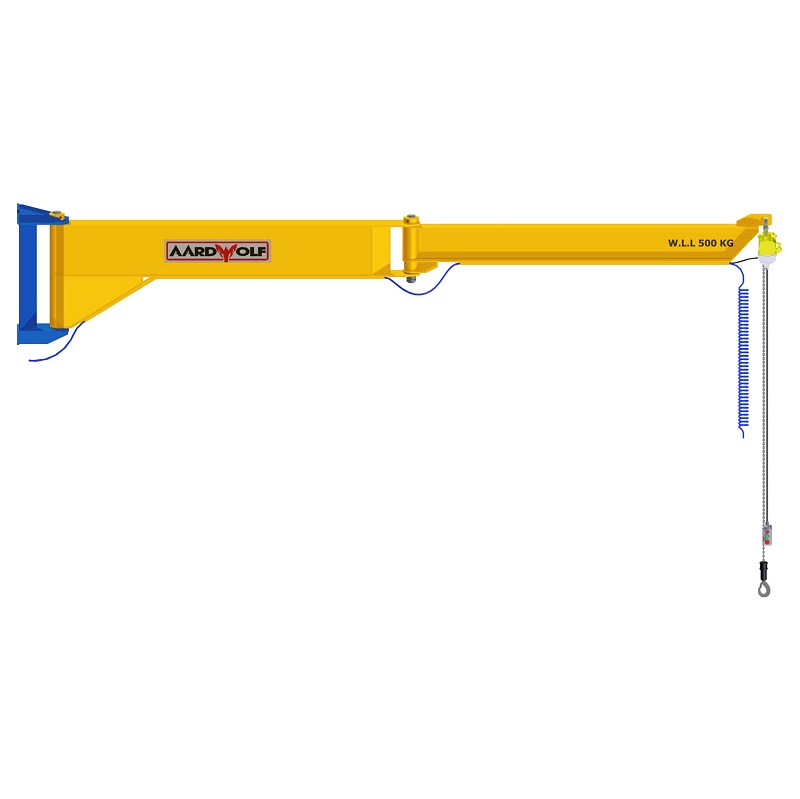
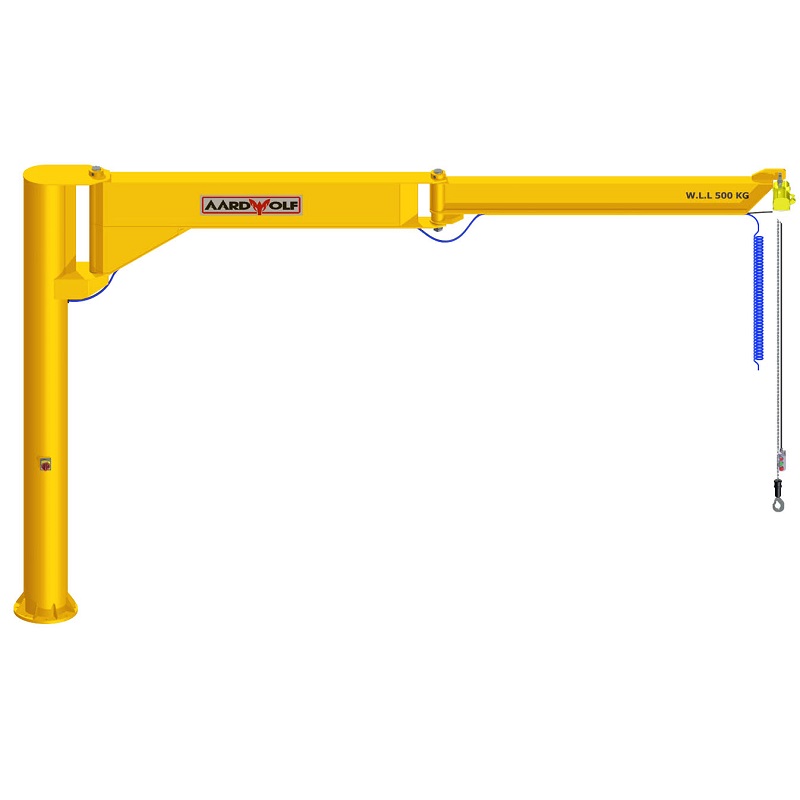
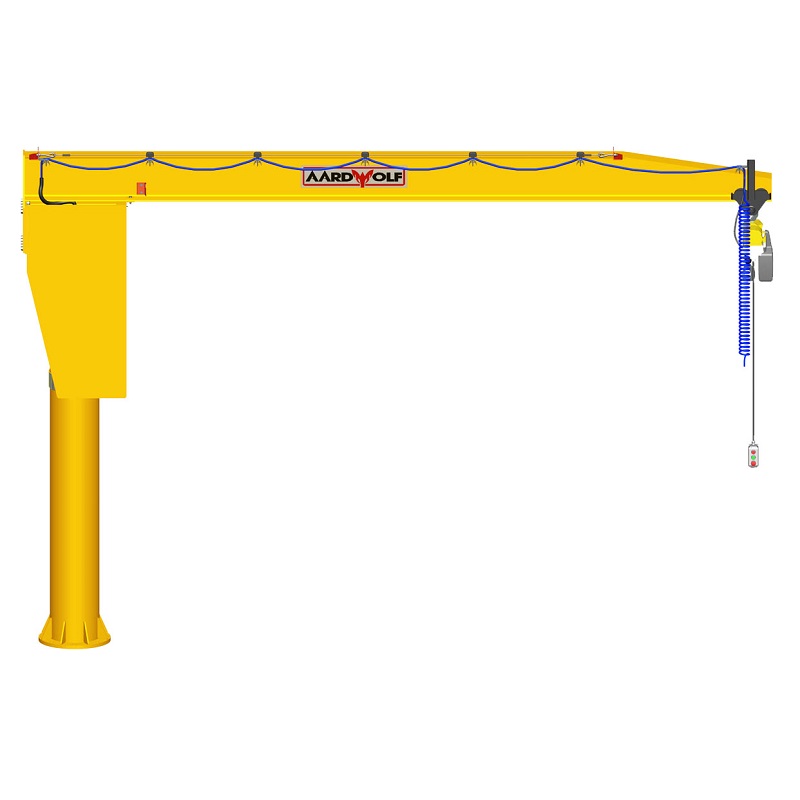


Please log in to leave a comment.